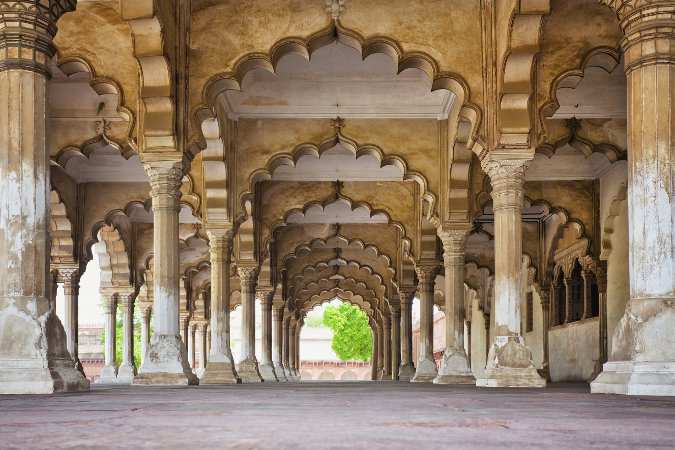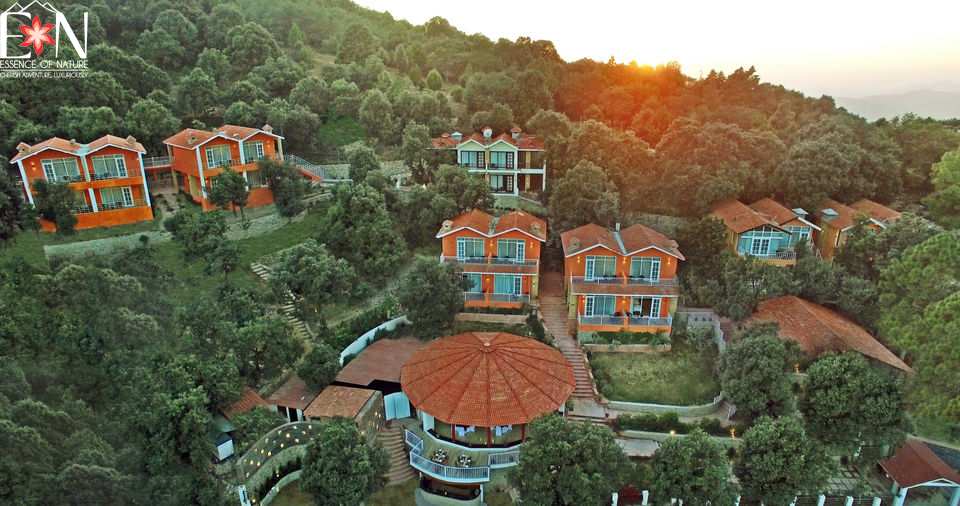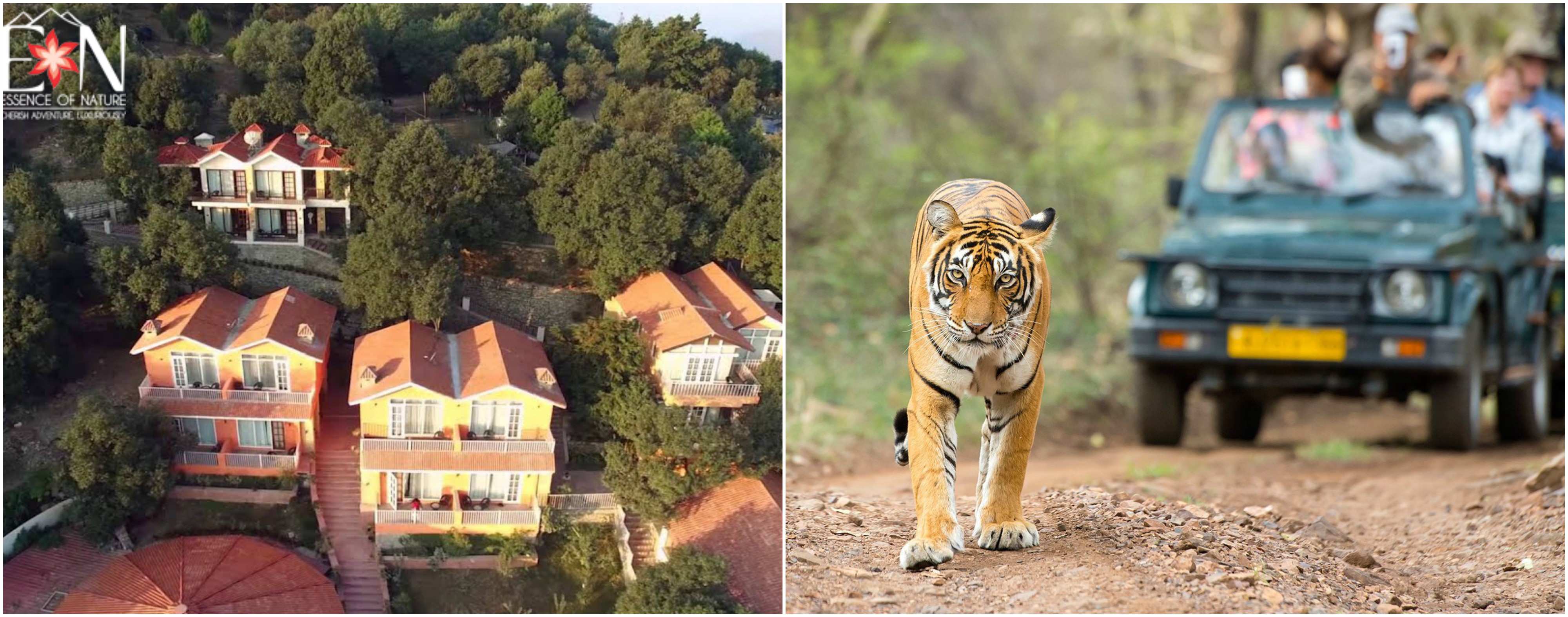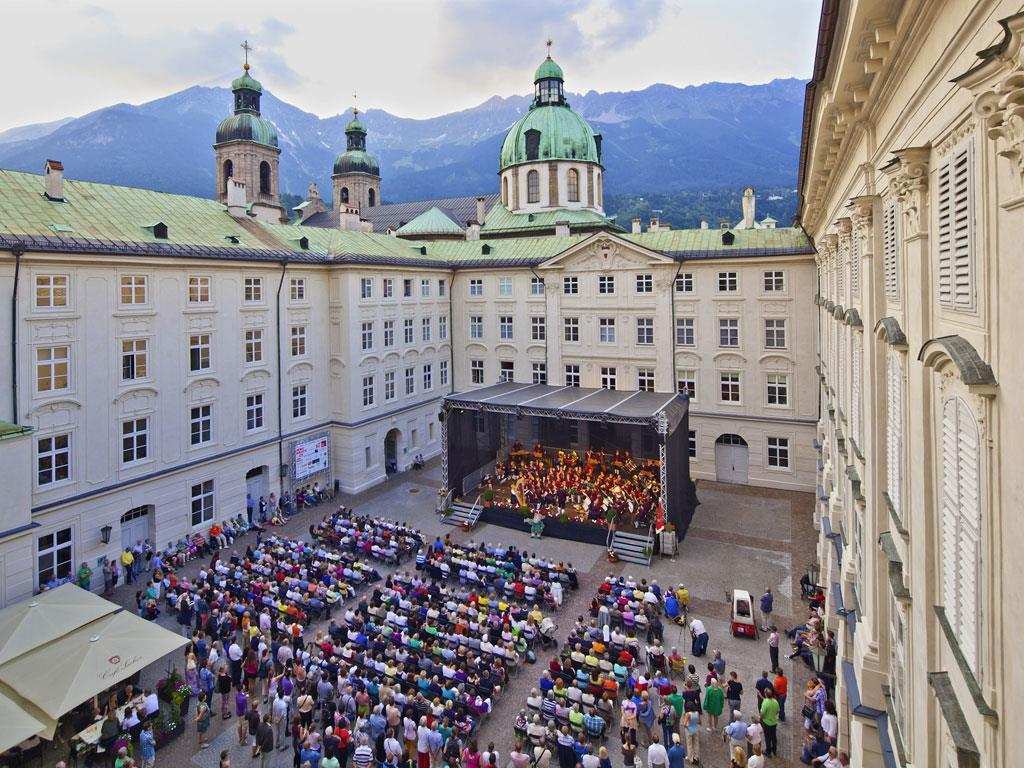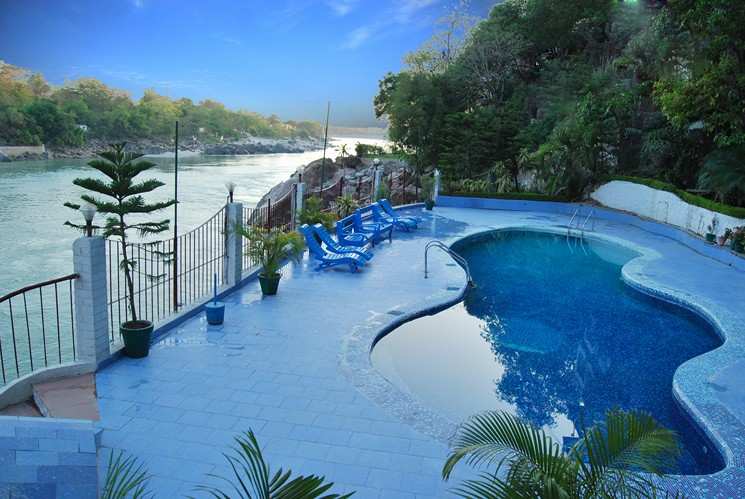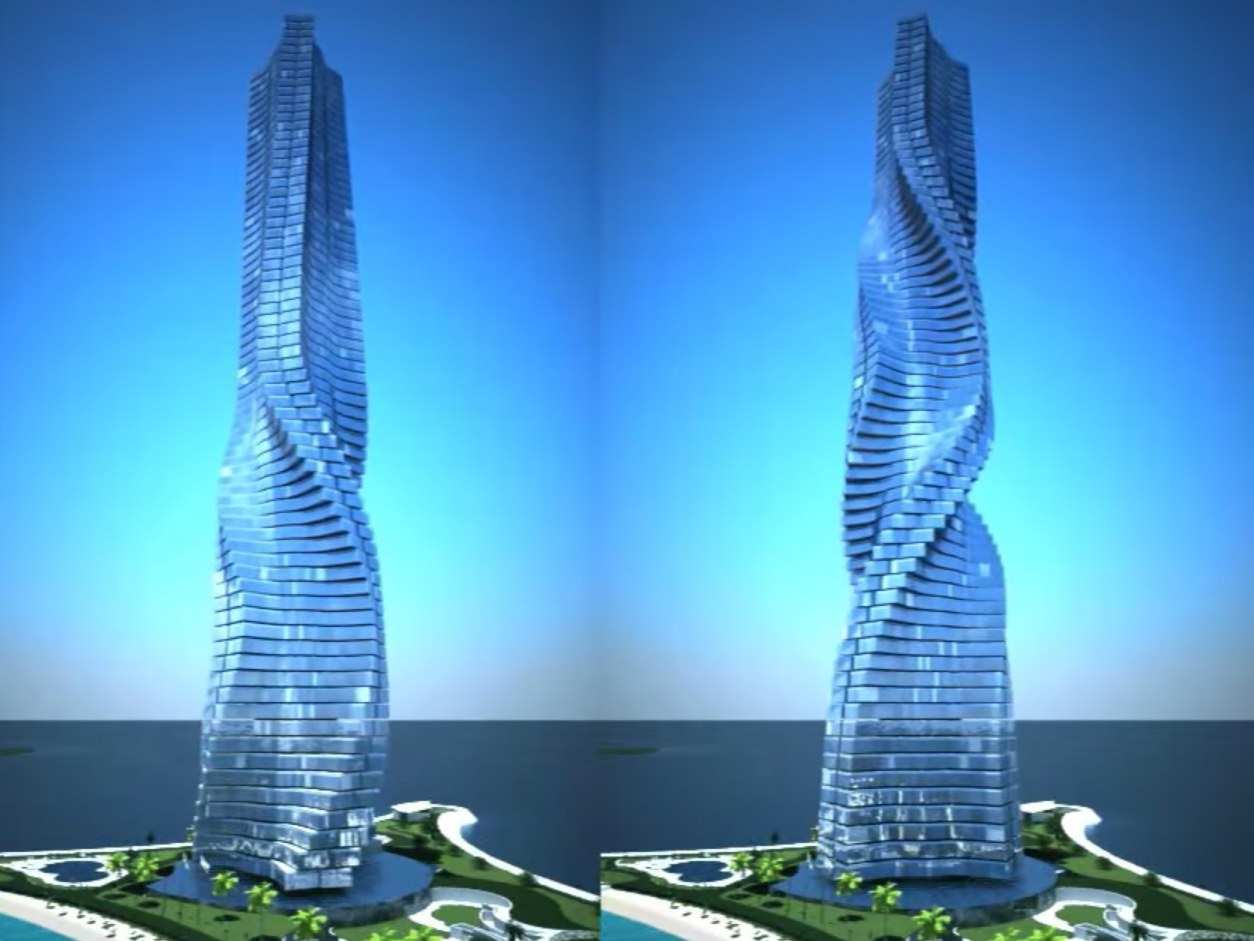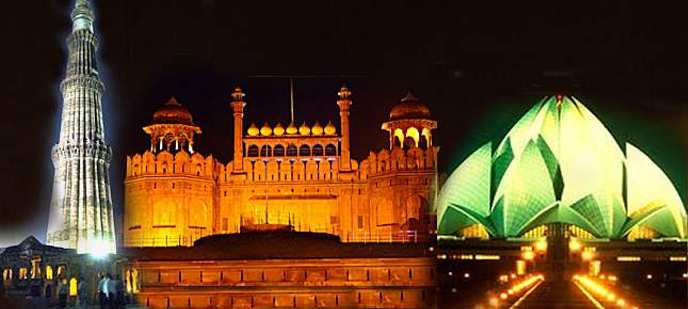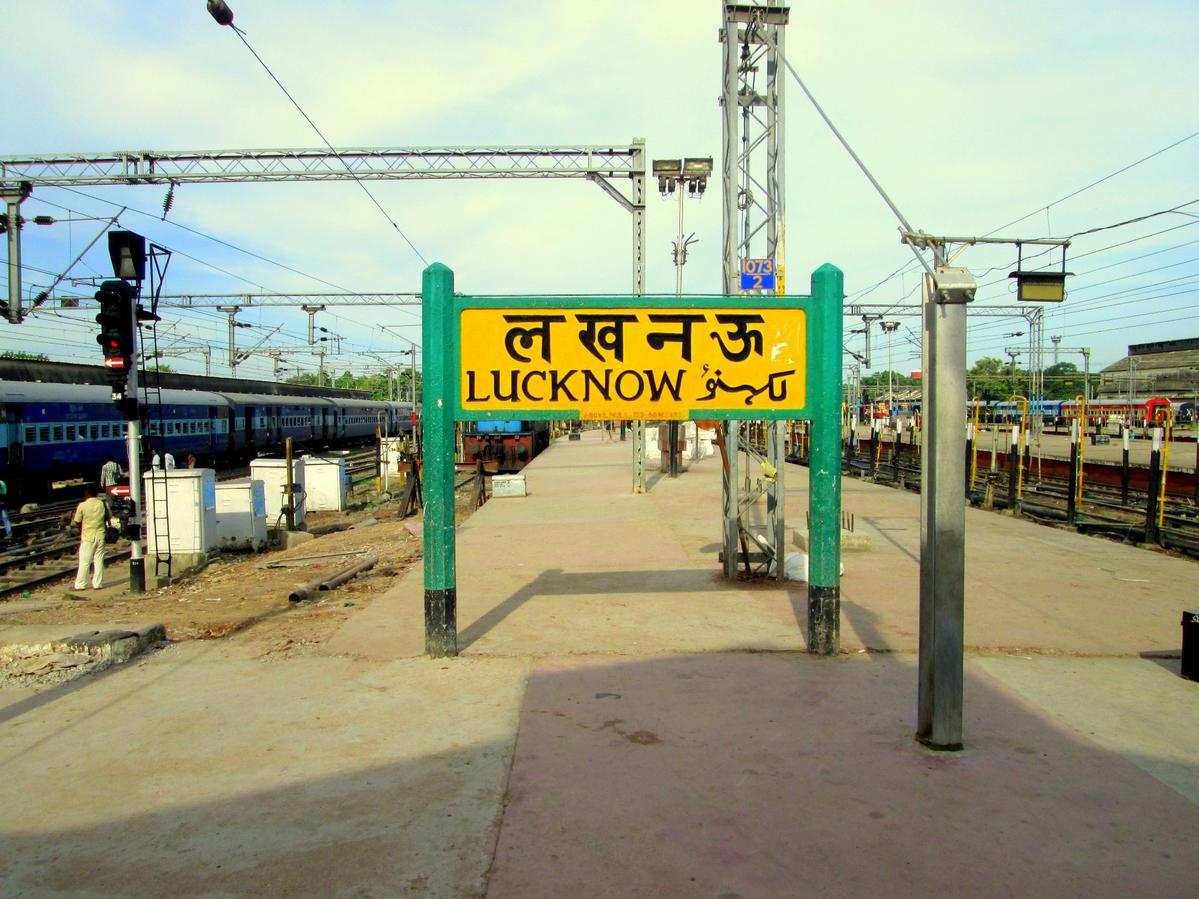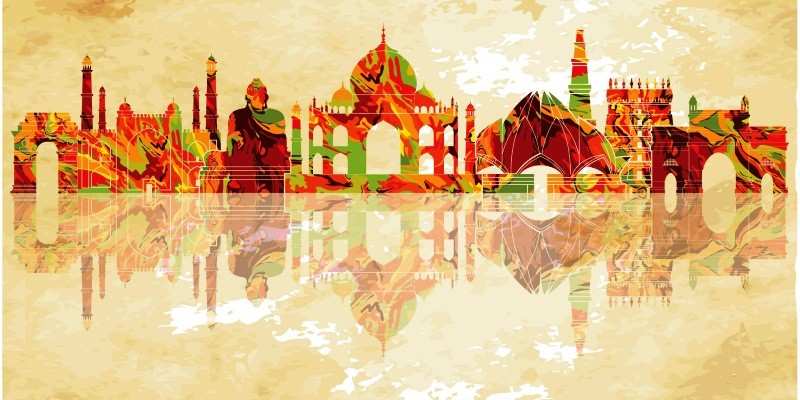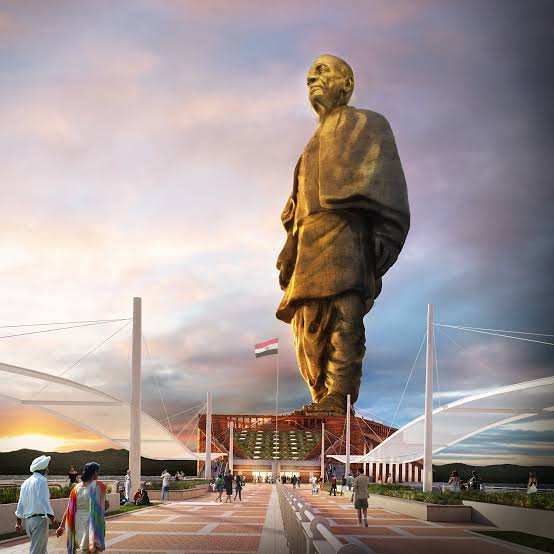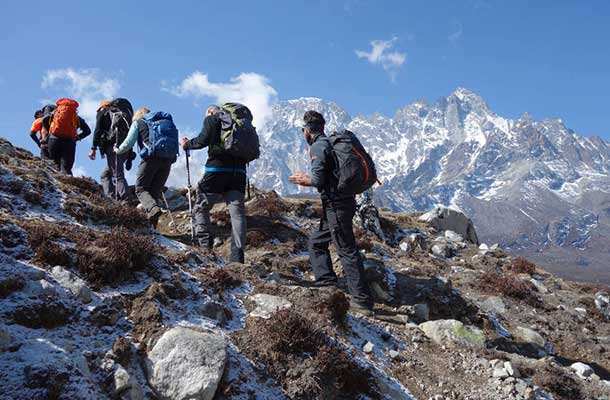Most people visit Agra for the day, see the Taj Mahal, take a bunch of selfies, and leave. Set in a seemingly-nondescript city, the monument is surrounded by confused tourists clutching their guidebooks. When even the locals tell you that Agra is famous for just two things, the Taj Mahal and the mental hospital, can you really blame the visitors for believing there’s nothing else on offer? But go beyond the chaotic maze of lanes and pesky souvenir vendors, and you’ll discover another side to Agra.
A significant relic of the area’s history is the Agra Fort. A mammoth structure that overlooks the Yamuna River, it has seen plenty of Mughal drama. As you walk through the fort, you can see the evolution of Mughal architecture, especially the shift from sandstone to marble as a primary construction material. Originally built as a military structure by Akbar, it was extensively revamped and fancified by his grandson Shah Jahan, who lived here with his leading lady, Mumtaz, and his other wives. Unfortunately, this story doesn’t have a happy ending – this is also where his son Aurangzeb, imprisioned him for eight years. Romantics believe that Shah Jahan died of a broken heart but there is a contradiction as some say it was opium overdose that dig him in.
Just across the Taj’s riverbank lies the tomb of Itmad-Ud-Daulah, a title conferred upon Mirza Ghiyas Beg, Noor Jahan’s father. Also known as Baby Taj, this was the first Mughal structure to be built entirely from white marble. Constructed between 1622 and 1628, this is also the resting place of Lady Jahan’s mother and siblings. It was this tomb that inspired Shah Jahan to build the Taj, thanks to its gorgeous black onyx and yellow jasper inlays as well as delicate-as-lace filigree screens.
Take some time off from all that monument-hopping at Mehtab Bagh, a garden built by Emperor Babur. Legend has it that it was the land on which Shah Jahan wanted to built the ‘Black Taj’, but the eight-year imprisionment was a bit of hurdle to his grand plan. The garden on even today, and recent excavations prove it was once home to an octagonal tank furnished with 25 fountains. The park is a peaceful viewing point for the Taj.
When you’re ready to go again, drive to Akbar’s Tomb. The tomb itself is overshadowed by the ornate main gate, which will leave you at its red stone and marble work, featuring more than 20 panels inlaid with intricate floral and geometric patterns. Akbar chose the location and design his tomb, but passed away before it was completed. His son Jahangir later adorned the archway with praises of his father.
Although the Taj Mahal is Agra’s main attraction, and with good reason – the city is full of other architectural marvels waiting to be explored. So do give this glorious city the time it really deserves when you plan your next trip.

